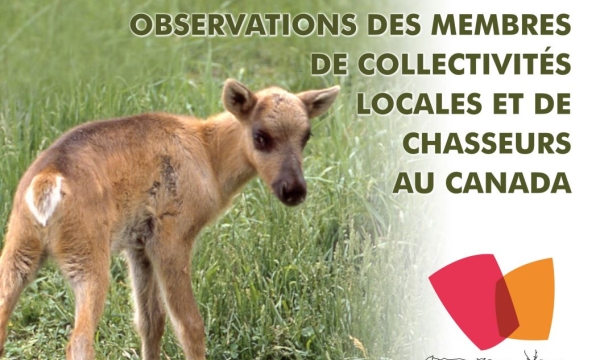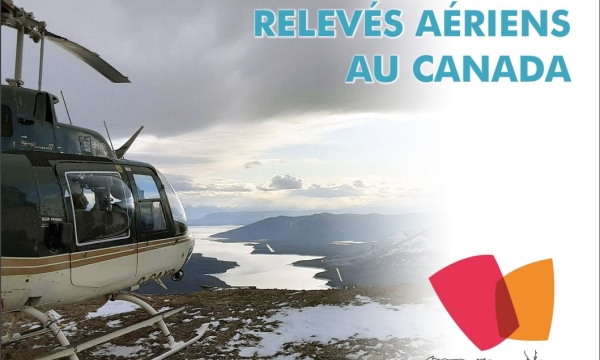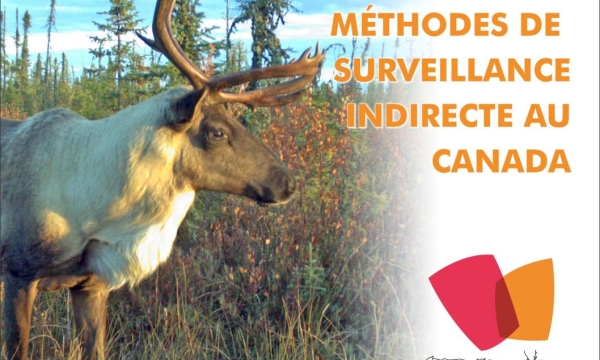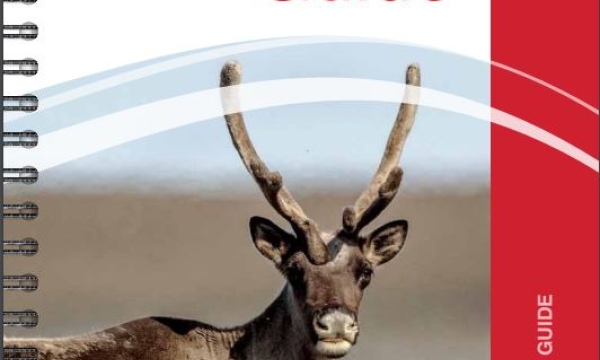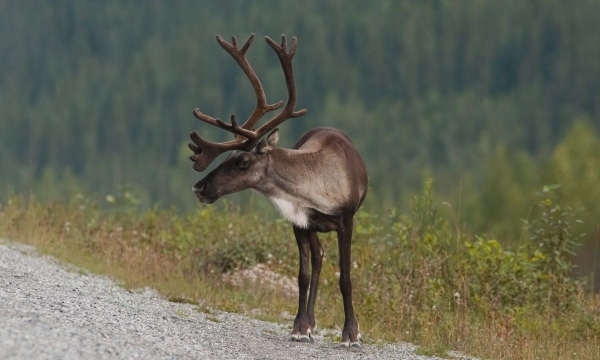Observations des membres de collectivités locales et de chasseurs - compte rendu détaillé
Resource
Le compte rendu détaillé sur Observations des membres de collectivités locales et de chasseurs comprend une introduction de chapitre traitant des forces, faiblesses et considérations communes des...


